New Golf has redesigned, angular LED headlights and teledial wheels for the GTI
Rebooted hatchback and estate get new interior, design overhaul, long-range PHEVs – and ChatGPT
Volkswagen is gearing up to launch the new Golf, revealing prices and specification details for the hot GTI and GTE and more frugal eHybrid variants.
The stalwart family car has been given a comprehensive overhaul in its 50th year on sale, and the hatchback is now priced from £27,035, while the estate is slightly pricier, at £28,400.
The eHybrid PHEV variants start at £36,760, while the Golf GTI comes in at £38,900. The Golf GTE hot PHEV comes in at £39,750.
The GTI will be available to order from 20 June and the GTE and eHybrid will be available from 27 June.
The eighth-generation Golf has been rebooted in a bid to sustain its appeal to the end of the decade, when it will be replaced by the electric Mk9 Golf.
As it turns 50, the German firm’s all-time best-seller receives a wide-reaching suite of technology upgrades, usability enhancements, material improvements and a new look inside and out.
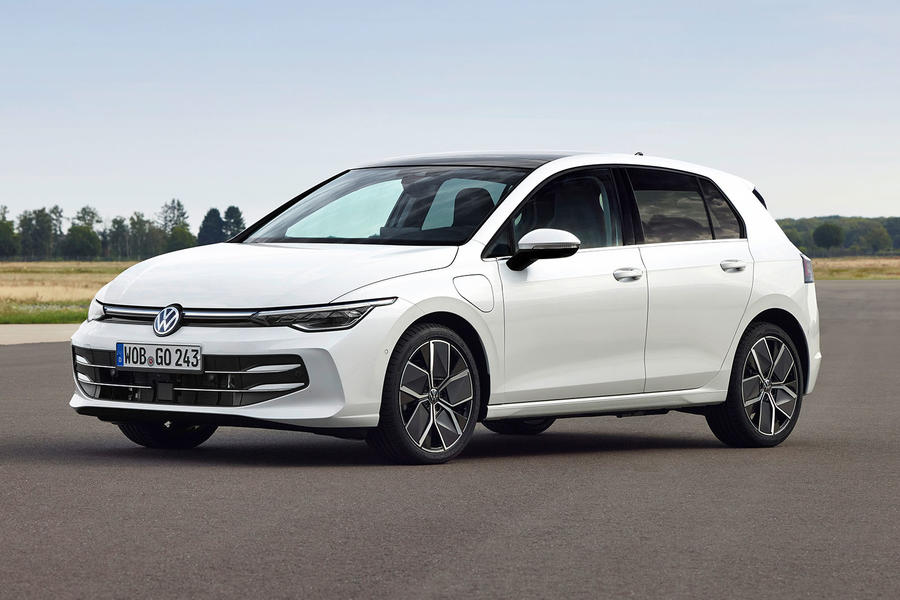
The powertrain line-up has been revamped too, with the addition of new long-range plug-in hybrids, revised petrol and diesel options – and more power for the GTI hot hatch, which will head the line-up until the launch of the revised four-wheel-drive Golf R later this year.
Three specification levels for the standard Golf are offered from launch: Life, Match and Style for the traditional hatch-bodied Golf, and Life and Style for the estate version.
R-Line cars will follow from 25 April, with prices starting from £30,285 for the R-Line hatchback and £31,650 for the estate. The range-topping, performance Golf R is due later this year.
The range will kick off with a choice of 1.5-litre four-cylinder turbocharged petrol engines and all initial models adopt a traditional front-wheel-drive layout. They include 114bhp and 148bhp turbocharged 1.5-litre petrol units – with and without mild-hybrid technology.
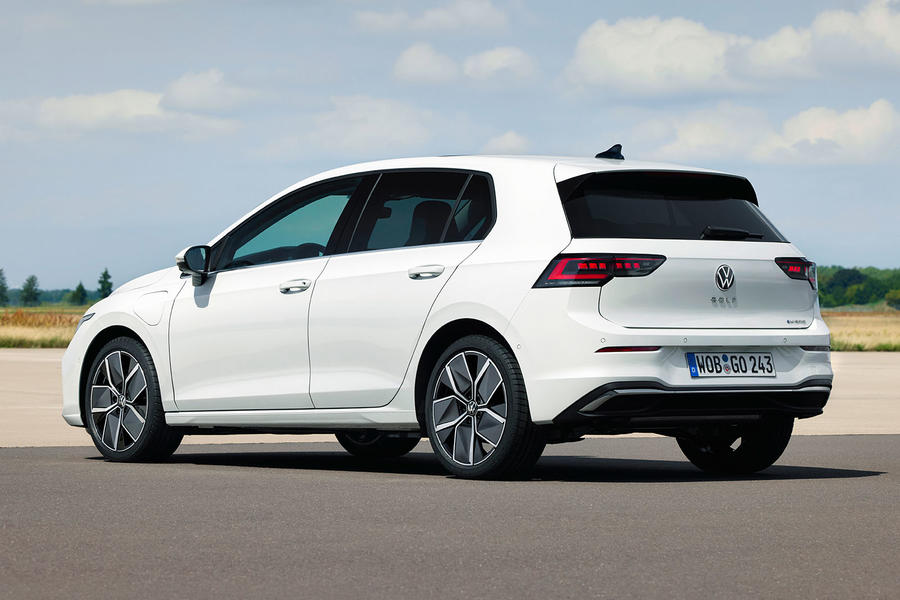
A reworked turbocharged 2.0-litre petrol engine also joins the range with an added 13bhp, at 201bhp, in the upgraded 2.0 TSI – and 20bhp more in the 262bhp GTI, which is no longer available with a manual gearbox.
The 2024 Golf seeks to reinstate the model as Europe’s number one by sales volume after supply chain bottlenecks and a drop in popularity caused it to slip behind the likes of the Peugeot 208, the Dacia Sandero, the Volkswagen T-Roc and the Renault Clio in the sales charts.
Styling elements that distinguish the new Golf include an illuminated Volkswagen badge at the front – a feature made possible by a recent change in Europe’s advertising laws – and a reprofiled front bumper with redesigned air ducts (decorated by a honeycomb insert on the GTI).
Another obvious change are new-look, angular LED headlights, which can be optionally specified with VW’s IQ Light HD matrix technology.
There are new sills underneath the doors, as well as a more prominent spoiler above the tailgate on the GTI, a restyled rear bumper and new-look LED tail-lights.
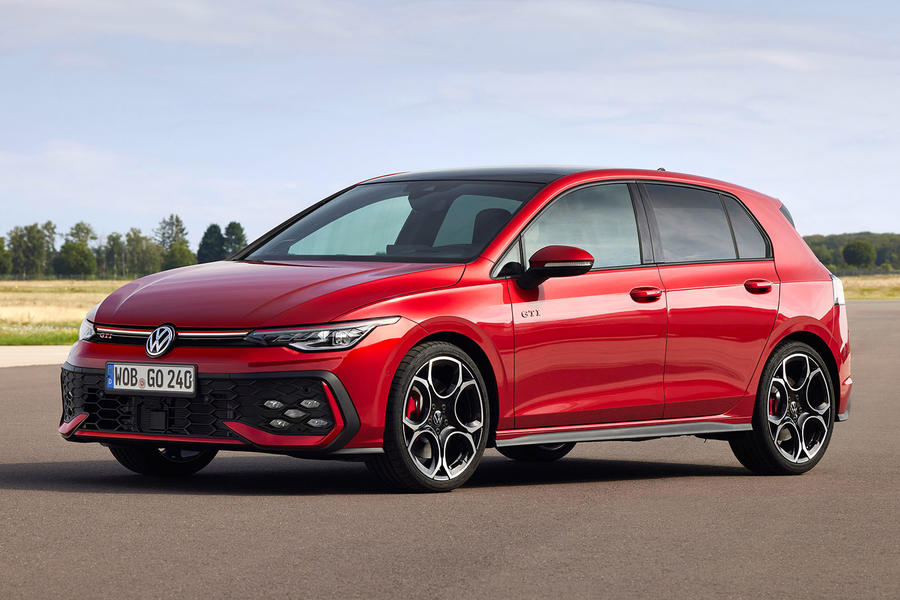
The 11 paint colours offered up until now have been extended to include four new metallic colours, and a black roof is being made available for the first time as an option on the GTI, GTE and R-Line variants of the Golf.
The GTI can also be ordered with carbonfibre exterior applications for the first time, and the iconic teledial alloy wheel design has returned to the options list for the first time since the Mk6 version as one of five new designs for the 2024 hot hatch.
Inside, Volkswagen has provided the upgraded Golf with a new multifunction steering wheel. It reverts back to button controls, dropping the widely criticised capacitive controls used on the pre-facelift Golf. There are also higher-quality materials throughout the cabin to help lift perceived quality.
Ahead of the driver is a revised instrument display with new model-specific graphic skins, which can be selected using a new dial on the steering wheel.
Crucial to marking out the ‘Mk8.5’ from the pre-facelift Golf is the introduction of VW’s new fourth-generation infotainment system, called MIB4, which has already been rolled out to the latest Tiguan, Passat and ID 3 as well as the new ID 7 saloon.
With quicker processing times, revamped menus and slicker graphics, it runs through either a standard 10.4in or optional 12.9in touchscreen display and introduces a new ChatGPT-powered voice assistant, which can be used to control the air conditioning, telephone and navigation system as well as access the internet.
In reaction to criticism of the outgoing Golf’s poor ergonomics, the touch slider for the temperature and volume control below the infotainment screen has been revised so that it is now backlit and new software provides it with speedier reaction times.
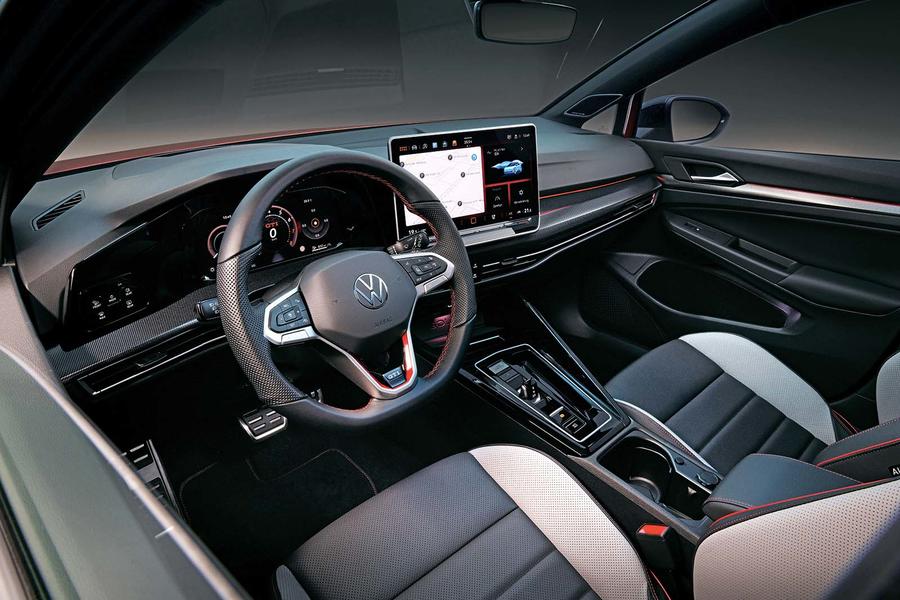
The upgraded Golf also brings Volkswagen’s 360deg View, Park Assist Plus and Park Assist Pro systems as options for the first time, which means that it can be parked remotely via a smartphone.
Volkswagen hasn’t revealed any performance claims for the GTI, but Wolfsburg insiders say its 0-62mph time undercuts the 6.2sec of its predecessor. Top speed remains limited to 155mph.
The diesels get a further developed version of Volkswagen’s turbocharged 2.0-litre engine, offering 114bhp and 148bhp in a pair of 2.0 TDI models.
The existing plug-in hybrid models have been reworked with what Volkswagen describes as a second-generation petrol-electric drivetrain.
Consisting of a turbocharged 1.5-litre engine (in place of the previous 1.4-litre unit) and an electric motor, it develops 201bhp in the new 1.5 TSI eHybrid and an added 20bhp over the outgoing model, at 268bhp, in the 2024 GTE.
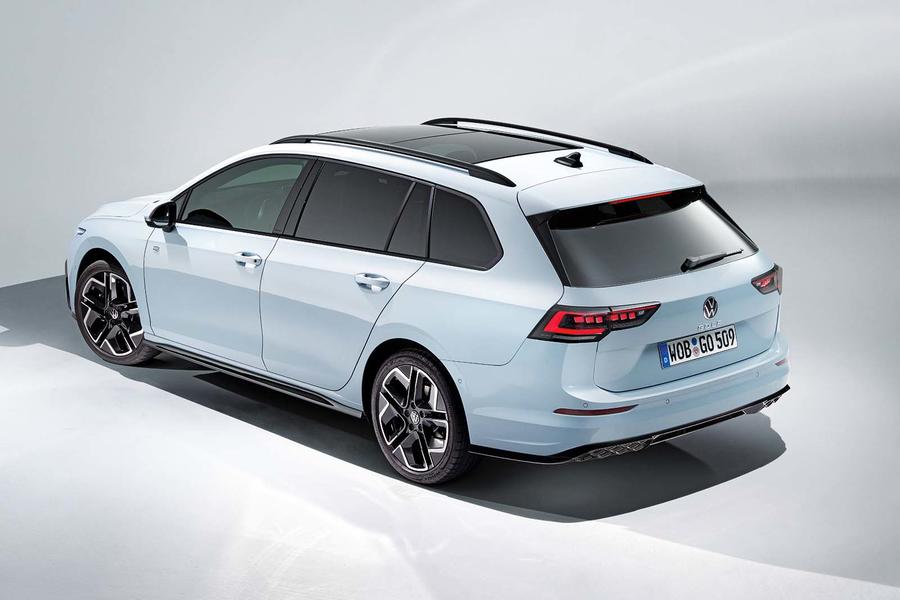
The two plug-in hybrid Golf models also receive a 19.7kWh lithium ion battery in place of the 10.6kWh battery used in predecessor models.
It can be charged at up to 11kW using AC electricity and up to 50kW on a DC system for faster charging than before.
Volkswagen claims an electric range of around 62 miles for the PHEVs and says they will crack 620 miles at cruising speeds with both the battery and fuel tank brimmed.
The 114bhp 2.0 TDI and non-hybrid 1.5 TSI models continue to be sold with a standard six-speed manual gearbox. All other models receive an automatic dual-shift gearbox with either six or seven ratios.
Source: Autocar
